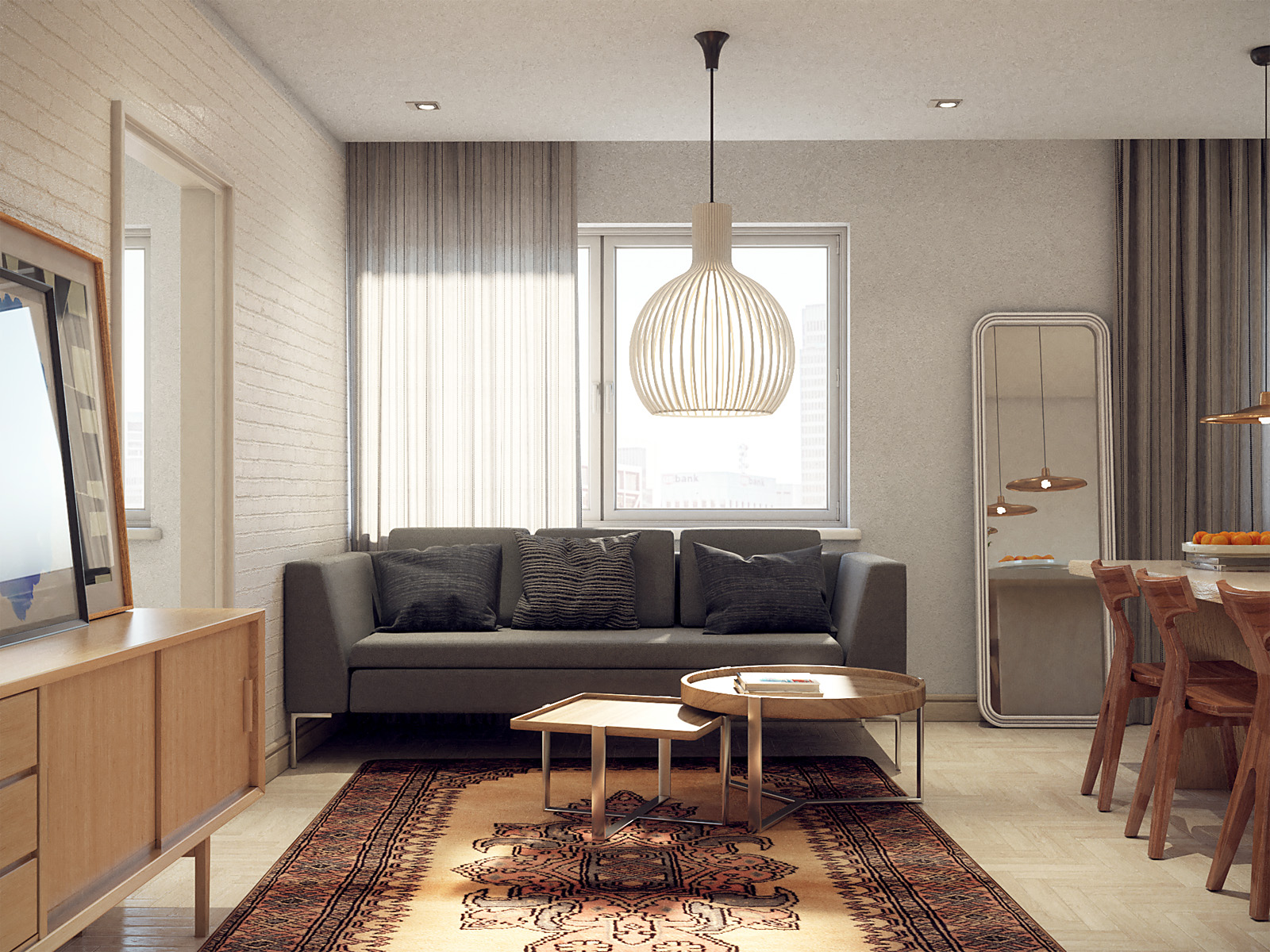
3ds Max Floor Generator Plugin
In this how-to article Bertrand describes in detail the way he uses the using the GH House model as an example. Check for more information about his work. Back in the old days, I always struggled to create hardwood parquet floors that would work in any situation. Either my texture maps were big enough to cover large expanses of floor without showing visible tiling but they would show some pixelization when zooming on individual floor planks. Or they were detailed enough to be seen up close but did not cover large enough areas, showing repetitive patterns over a certain distance.
Initially, I solved the dilemma by actually modeling my parquets and texturing individual planks, placed at random, instead of an entire floor. But this was a protracted process and it was only really workable when the floors had reasonably simple shapes (basically rectangles). Then came along with the 3ds Max script Floor Generator, and a plugin Multi Texture Map.
Both written by Bercon, aka Jerry Ylilammi of fame that do the work for you, not just faster but better and with a flurry of extra options. Since these free tools came out, I’ve hardly used anything else, not only for my parquets but also for all sorts of stone or tiled floor materials.
With this script, you can detach all the faces of selected objects as separate objects. With pivot aligned to their center. You also can detach only selected faces,.
I couldn’t live without them. A side note – Good plank textures are notoriously hard to come by, so once you’ve dowloaded the free tools, do yourself a favour and buy some of CG-Source’s multi-texture maps. They are made to be used with the plugin, they are very high quality, and you’re certain to be using them over and over again. A great thing about the Floor Generator is that it uses splines to define the area to be covered with parquet. The only restriction is that the splines must be closed (which is logical if you think of it).
This means there are no restrictions on how complex the shape of your floor can be. This was a great advantage for the GH House, with its complex floor plan with few right angles. Floor Generator is also pretty intelligent.

If you enclose a closed loop within your floor spline, as long as they are both part of the same spline, the script will understand that you want to blow a hole in your parquet, which is great if you have elements, such as concrete pillars (or tree trunks in the case of exterior wood decks), that must go through the floor. Because I didn’t want to settle on a POV until I had finished texturing the house, I decided to cover the entire floor area of the GH House with parquet. The first step was to select and isolate all the floor elements, convert them to editable polys, and break them into workable bits (Floor Generator can be a bit slow when building very large areas of parquet, so better to split your floor in separate splines one for each room for instance).
Then, I selected all the outside edges of each of these elements and converted them into splines (Edit Edges? Create Shape From Selection? Tick linear). Make sure all splines are closed, otherwise Floor Generator will not be able to use the spline as guide. At this stage, I deleted the poly objects, which were no longer needed. Having selected one of the splines, I ran the Floor Generator script and pressed the Create button. A generic floor appeared.
I also pressed Interactive Update to see my setting changes applied in real time. The first setting regards the size of the planks. For the length and width, I simply used the number of pixels of one of my plank maps (here 1,500×70 pixels), to make sure they would not be distorted in the image.
It’s better if all your planks have the same size, as the maps will be distributed randomly, but the script lets you specify the minimum and maximum length and width of the planks if you want more variation. The initial floor showed planks that were way out of scale.
You can adjust the scale of your parquet by tweaking the Scale% value in the Variation Per Board section of the script. Here, I found a value of 30 per cent of the map’s scale worked fine. I left all other values at default because I wanted a very neat, new and flat floor. Bus simulator 2009 demo free download. If you’re working on an older floor or some slightly disjointed tiles, the Tilt value works miracles by applying micro-level random rotations to the planks that give some relief to the floor and make it look more realistic as it catches the light.